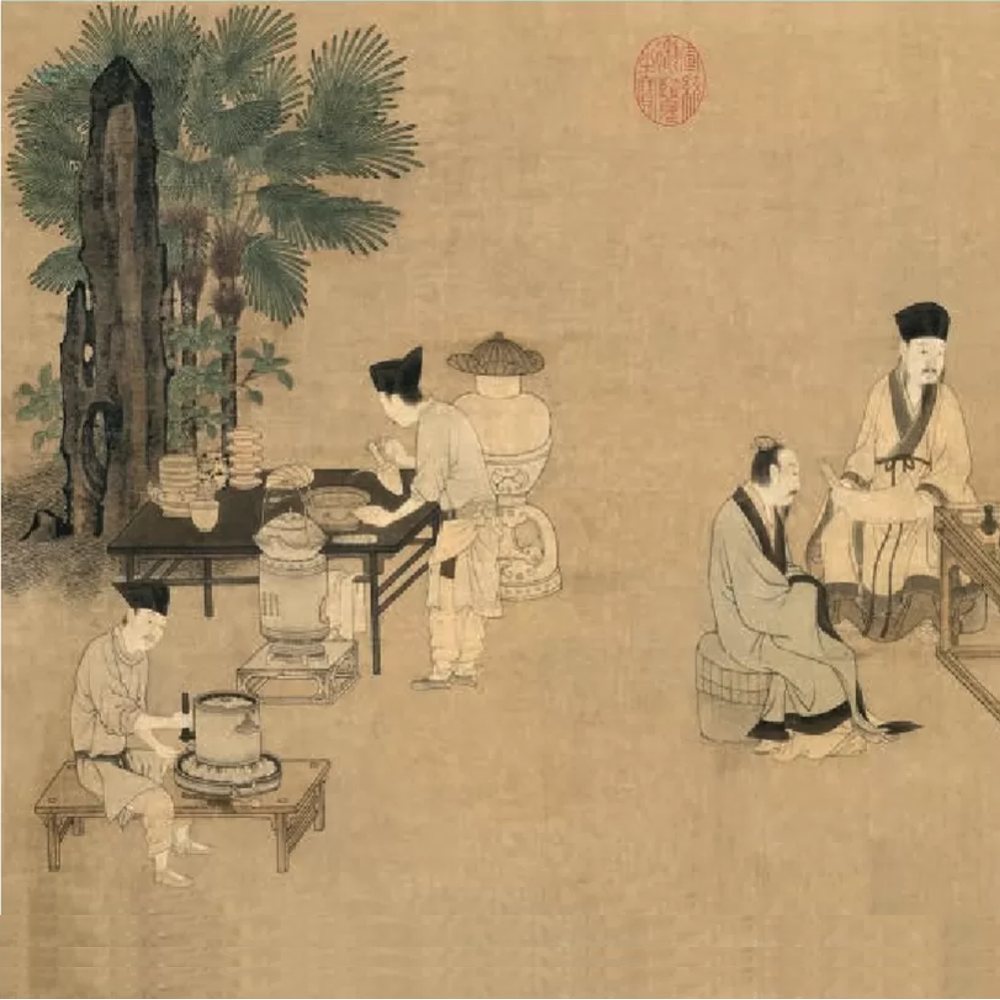
Chinese Tea History
Share
Scent of Eternity in a Teacup: Unveiling China's Tea Legacy
A Leaf That Changed History
Five millennia ago, Emperor Shennong discovered tea when a wild leaf drifted into his boiling cauldron—an accident that ignited humanity's oldest love affair with botanicals. Documented in Shennong's Herbal Classic as nature's antidote, this humble leaf evolved from medicinal wonder to Tang Dynasty's national obsession, becoming the world's first daily ritual of wellness.

Golden Eras: When Tea Ruled Dynasties
The flourishing Tang civilization gave birth to The Classic of Tea by Lu Yu—the world’s first comprehensive tea encyclopedia. This 8th-century masterpiece drove tea from regional custom to national obsession. Poet Bai Juyi’s iconic line “Two cups greet my waking soul” immortalizes how tea became the rhythm of Tang intellectuals’ lives.
Song innovators elevated tea preparation to haute couture, pioneering Dian Cha—the whisked tea ceremony. Employing bamboo tools to whip powdered tea into jade-like foam, they created Cloud Texture – Aerated Froth. The famous painter Liu Songnian’s Tea Grinding Scene scroll, now housed in the Palace Museum, freezes this hyper-aesthetic era: scholars debating over stone mills, servants tending iron kettles—every detail a testament to Song China’s obsession with perfection.
Mountains in Your Teacup
China's vast expanse offers diverse climates, soils, and altitudes, nurturing a rich variety of teas.
Wuyi Mountains, Fujian – Dahongpao
The unique Danxia landform, with well-ventilated, micro-element-rich soil and misty surroundings, creates a perfect home for Dahongpao. Its tightly-knotted leaves, dark green-brown and fresh in color, yield a bright orange-yellow soup when brewed. The tea exudes a rich aroma and a long-lasting, bold flavor.
West Lake, Hangzhou – Longjing
In Hangzhou, Zhejiang, West Lake Longjing thrives in a mild, rainy climate among the surrounding mountains. The slightly acidic, mineral-rich soil gives the flat, smooth leaves a tender green sheen. Once brewed, it has a refreshing, long-lasting fragrance and a mellow, delicate taste, just like the gentle charm of the Jiangnan region.
Guizhou – Green Gem Tea
Guizhou, with its mild climate and abundant rainfall, is a tea-grower's paradise. The Green Gem tea here is known for its fresh taste, strong unique aroma, thick flavor, long-lasting endurance in brewing, and rich nutrition.
Artisan Alchemy: The Secret Behind Exceptional Chinese Teas
Chinese teas' premium quality owes much not only to the favorable natural environment but also to the exquisitely crafted techniques passed down through generations.
Seasoned tea masters, with their acute touch and precise control of heat, swiftly deactivate the enzymes in the green tea leaves under high temperature, thus preserving the tea's freshness and delicate aroma.
For black tea fermentation, masters closely monitor the environmental temperature and humidity, tenderly caring for each tea leaf to ensure a perfect fermentation that results in a unique fragrance and a rich, mellow taste.
Every procedure, every step, embodies the painstaking efforts and wisdom of tea masters, as they safeguard the high quality of Chinese teas with their unwavering craftsmanship.
When the World Bustles Up, Let Tea Slow You Down
Tea is not just a beverage, but a serene, peaceful, and elegant way of life—a persistent pursuit of quality and attention to detail.
